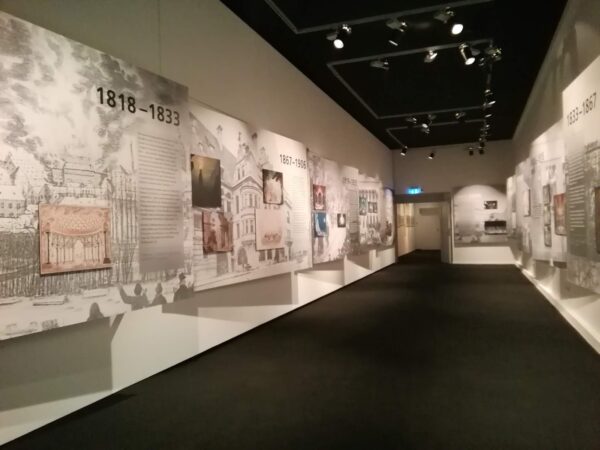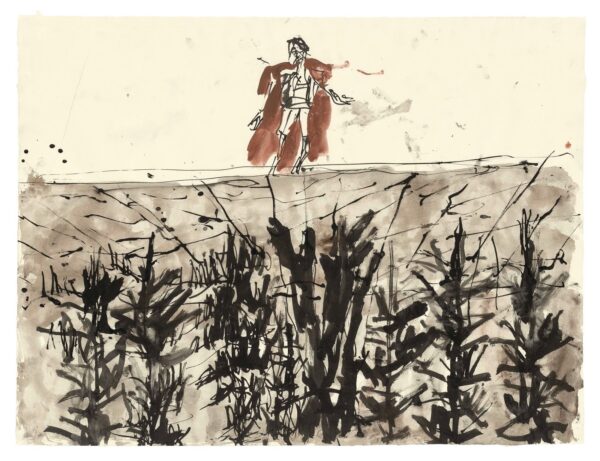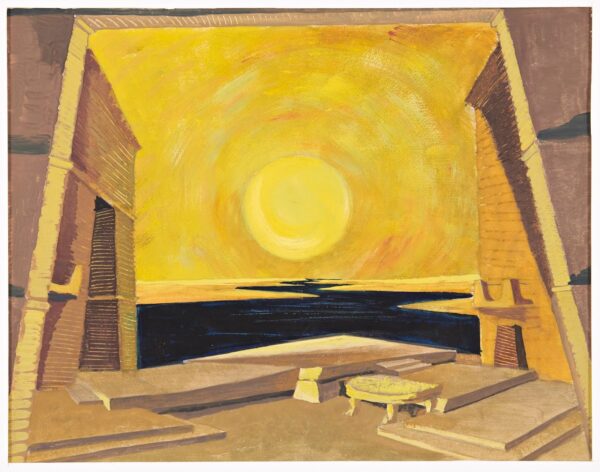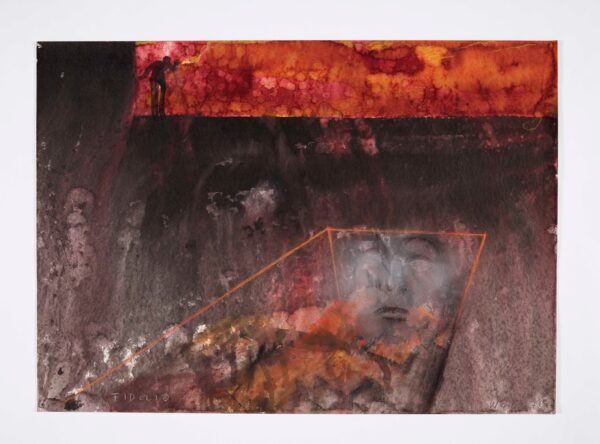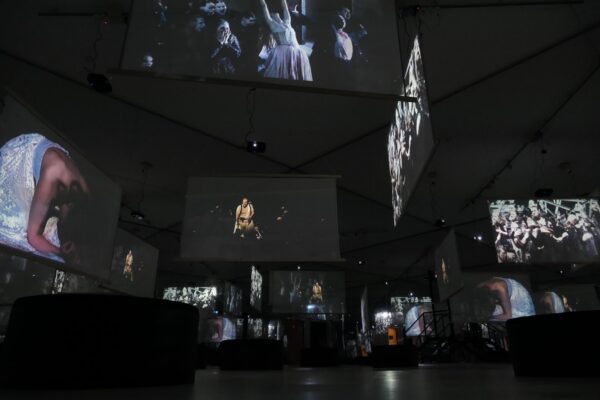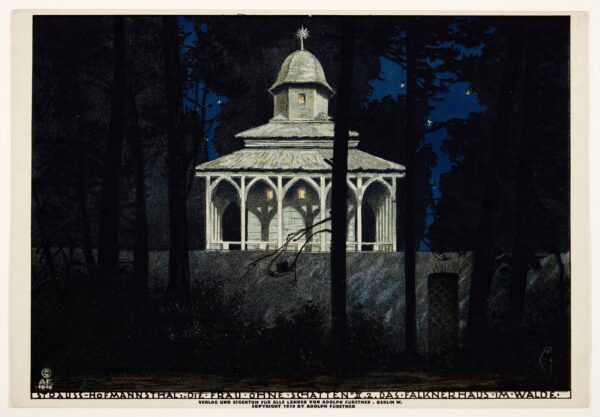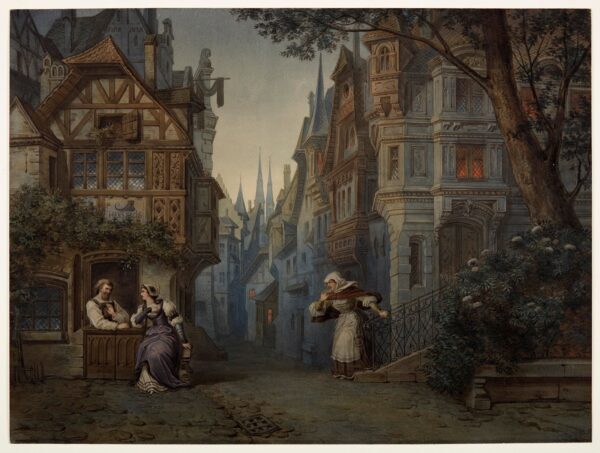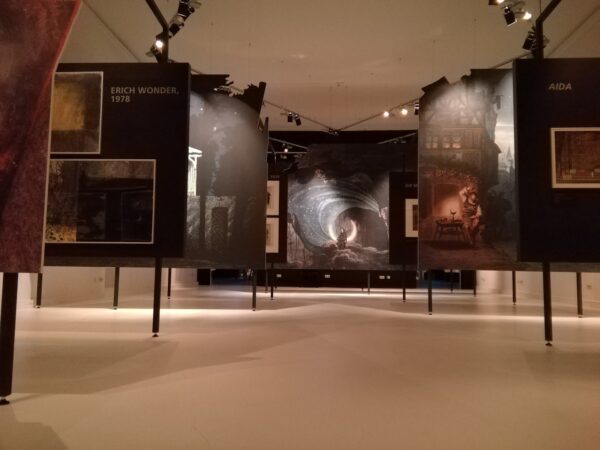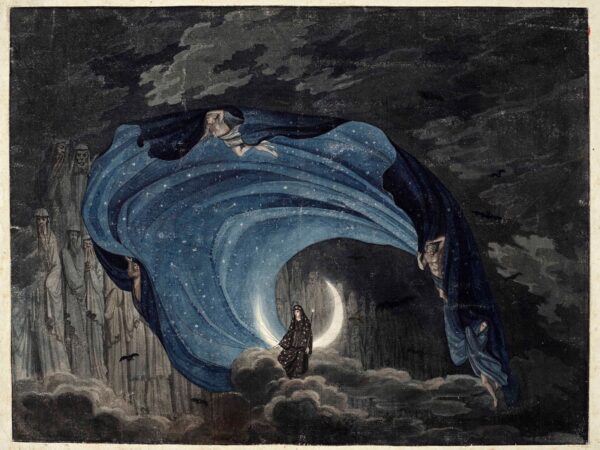Oct 13, 2018 - Apr 14, 2019
Vision und Tradition
200 Years of the National Theatre in Munich
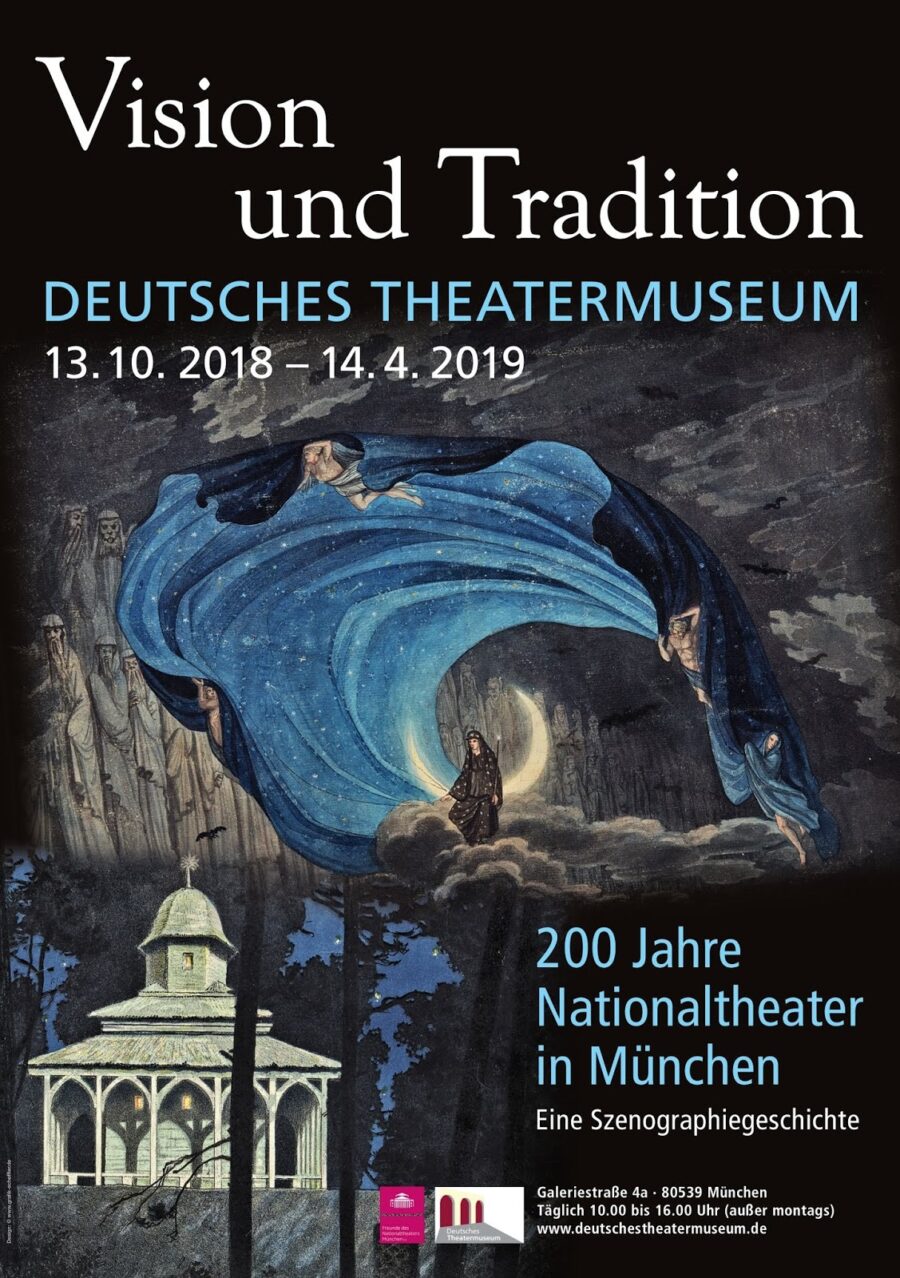
The Court and National Theatre in Munich, one of the outstanding venues in the world, is celebrating its 200th anniversary. The eventful history of the performances, spaces, and decorations has only been partially documented thus far.
However, nearly 150 stage design drafts in this exhibition provide a comprehensive impression of the varied history of theatrical imagery, with all its visionary perspectives and traditional constants.
At the outset, a historical overview is presented in ten time segments, showcasing the complex relationship between architecture, painting, and spatial design.
The centerpiece of the exhibition consists of five complete series of stage designs for the most successful repertoire pieces of the National Theatre: The Magic Flute, Die Meistersinger von Nürnberg, Die Frau ohne Schatten, Aida, and Fidelio.
In all five operas, there are scenes that have consistently garnered special attention over time. The comparison of the design of these theatrical moments across decades offers deep insights into the history of scenography, not only of these works but of the institution of the Court and later State Opera as a whole. Each generation found its own means of expression for the scenic moment.
For nearly 150 years, only a handful of responsible set designers have worked at the National Theatre (Simon and Angelo II Quaglio, Leo Pasetti, Ludwig Sievert, and Helmut Jürgens, as well as the theatre painters Heinrich Döll and Christian Jank); and even in the last nearly 50 years, only a few artists (such as Jean-Pierre Ponnelle and Jürgen Rose) have created a distinctive style for the house. Their artistic work will be specifically honored in small special exhibitions.
The exhibition culminates in a media turn into the 21st century with an intermedial presentation of excerpts from recent performances by the Bavarian State Opera.
The painted designs are oriented toward the stylistically contemporary representations of the visual arts. However, they also primarily reflect the history of the house and its repertoire. Nowhere else can the unmistakable style of a great opera house be portrayed as precisely as in the sheets of the German Theatre Museum. The scenographically visionary aspects of theatrical art come to life alongside traditional artistic expressions.
The scenographic history is made visible through the complete scene designs of five representative operas from the Munich repertoire: Simon Quaglio's set for Mozart's The Magic Flute (1818), Michael Echters' designs for the world premiere of Wagner's Die Meistersinger von Nürnberg (1868), Alfred Roller's premiere decoration for Richard Strauss's Die Frau ohne Schatten (1919), Helmut Jürgens's decorations for Verdi's Aida (1948 and 1963), and Erich Wonder's painted designs for Beethoven's Fidelio (1978).
These collections are compared with designs by other set designers from different times, which will also be presented in their original form. These image series will be supplemented by designs by Georg Baselitz for Wagner's Parsifal (2018). Additional information about these key pieces of scenography will be provided through small portraits of outstanding set designers who influenced the house's style: including the Quaglio family, Leo Pasetti, Ludwig Sievert, Helmut Jürgens, Jean-Pierre Ponnelle, and Jürgen Rose.
Finally, a spectacular look into the 21st century focuses on the increasingly multimedia design of the stage space.
The exhibition was curated by Jürgen Schläder and Claudia Blank. Jürgen Schläder, who also authored the accompanying publication, is a specialist in Munich opera history. He addresses this topic from a new perspective.
